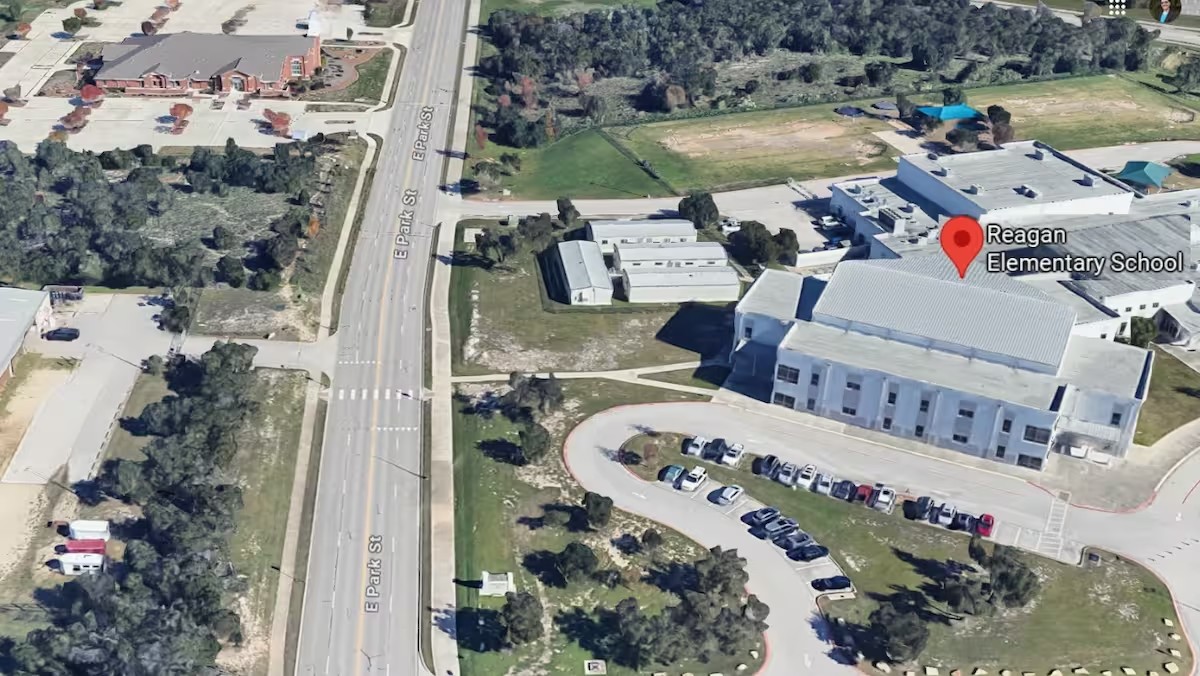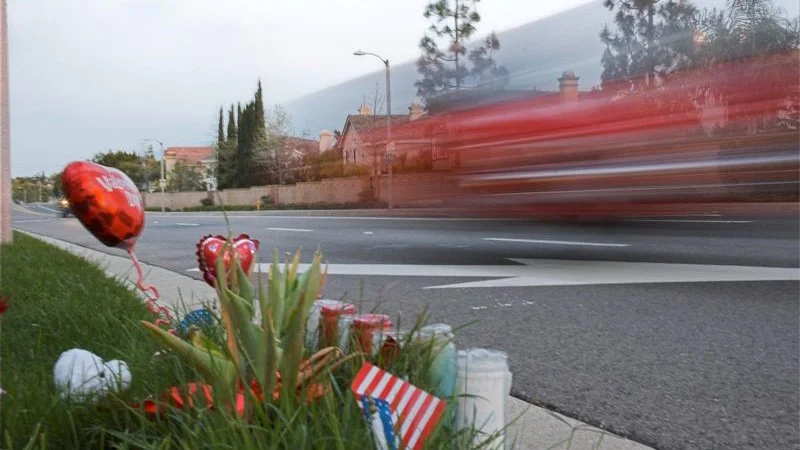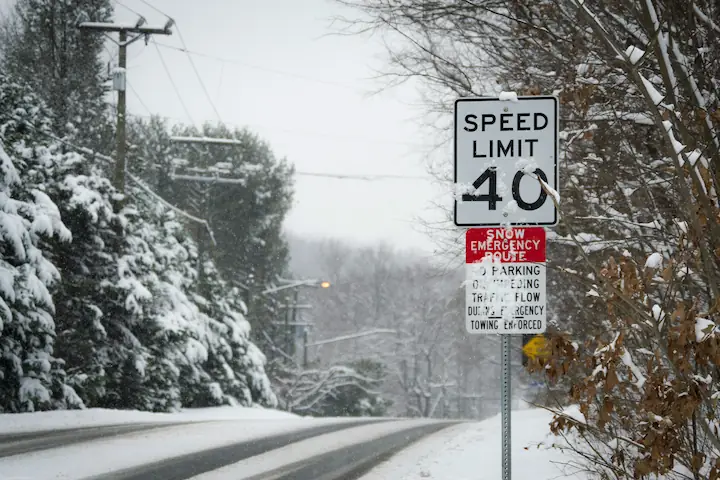Editor's Note: The challenges our cities face are growing, but so is the strength of this movement. Every story we share, every idea we spread, and every tool we build exists because people like you are committed to showing up. Your membership isn’t passive—it’s the momentum that makes change possible.
Every parent wants their child to get to school safely. In Cedar Park, Texas, local advocates turned that concern into action — and their efforts are paying off.
Members of Cedar Park Strong, a Strong Towns Local Conversation, used a crash analysis tool provided by the Texas Department of Transportation to identify high-risk areas in their community. They mapped ten years of pedestrian and bicyclist crashes and uncovered a troubling pattern: Year after year, multiple children were struck near the same cluster of schools.

“The same street showed up as a hot spot with more than one child hit per year,” explained group leader Darron Jurajda. “You can see the peaks of crashes in the morning and the afternoon, [coinciding with] children walking to and from school.”
Armed with this evidence, Cedar Park Strong brought their findings to both the city and the school district. Officials took notice, and the transformation of East Park Street began.
Before the redesign, East Park Street had four lanes of traffic, two in each direction. With no signalized intersections or traffic-calming features, it looked like a highway, a design that encourages fast-moving traffic and discourages drivers from looking for people on foot or bike.
Thanks to Cedar Park Strong’s efforts, the city has now restriped the street, turning one of the travel lanes into a turn lane. It also installed three new traffic signals and upgraded an existing one. Each of the new signals has leading pedestrian intervals and no-right-on-red signs. This gives pedestrians more time to cross the street and reduces the odds of a driver hitting a pedestrian while turning.
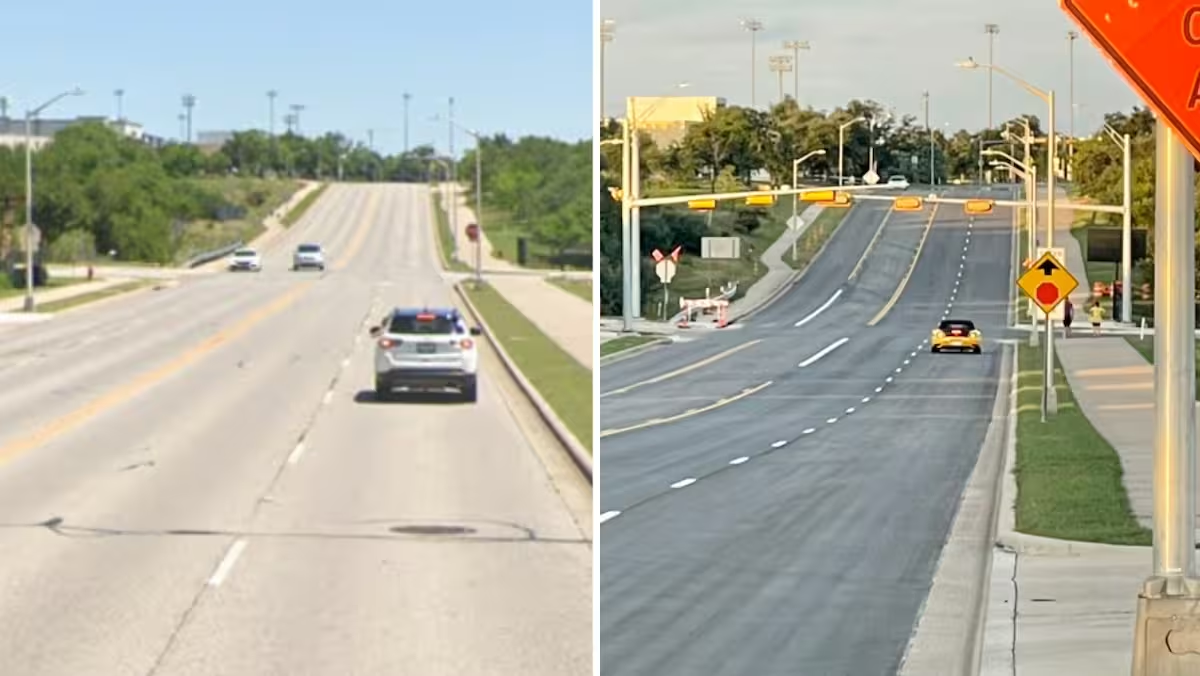
The most dramatic change occurred just outside of Reagan Elementary School. Before, students had to cross four lanes of traffic at once to reach the school. While the city had installed flashing signs by the crosswalk, the overall design still encouraged high speeds and a lack of caution. Now, the city has replaced the two center lanes with a concrete pedestrian refuge. This greatly narrows the roadway, forcing drivers to slow down and pay attention at the crossing. It also lets students focus on crossing one lane of traffic at a time, without worrying about cars coming in the opposite direction.
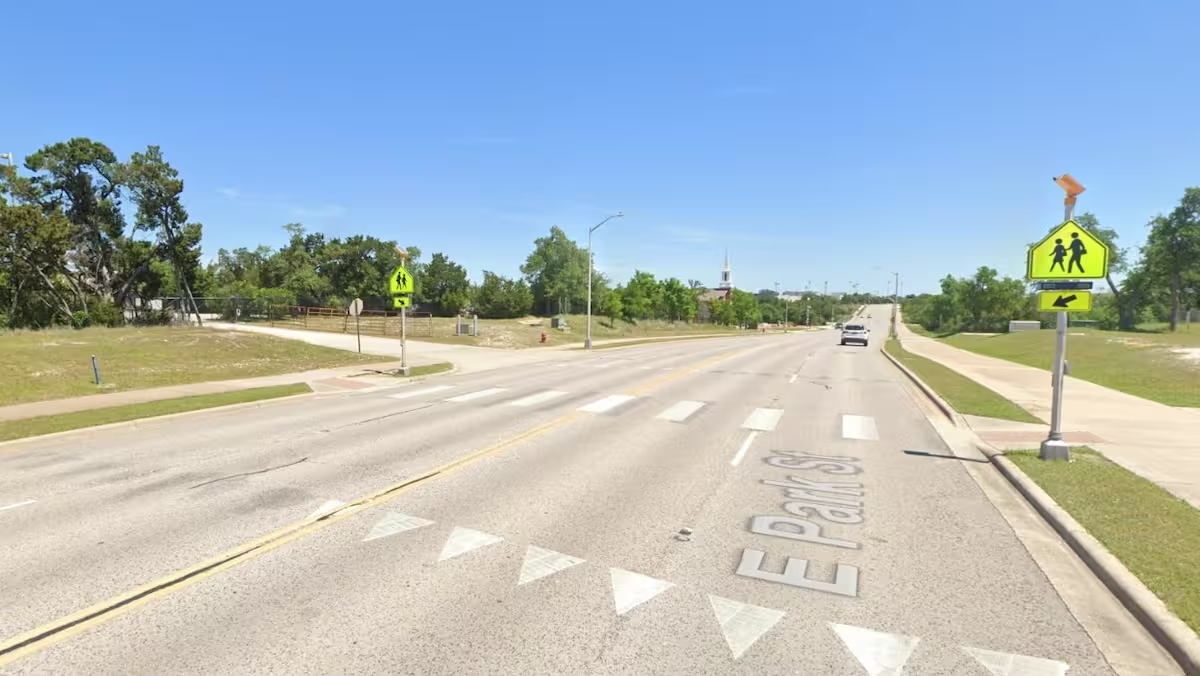
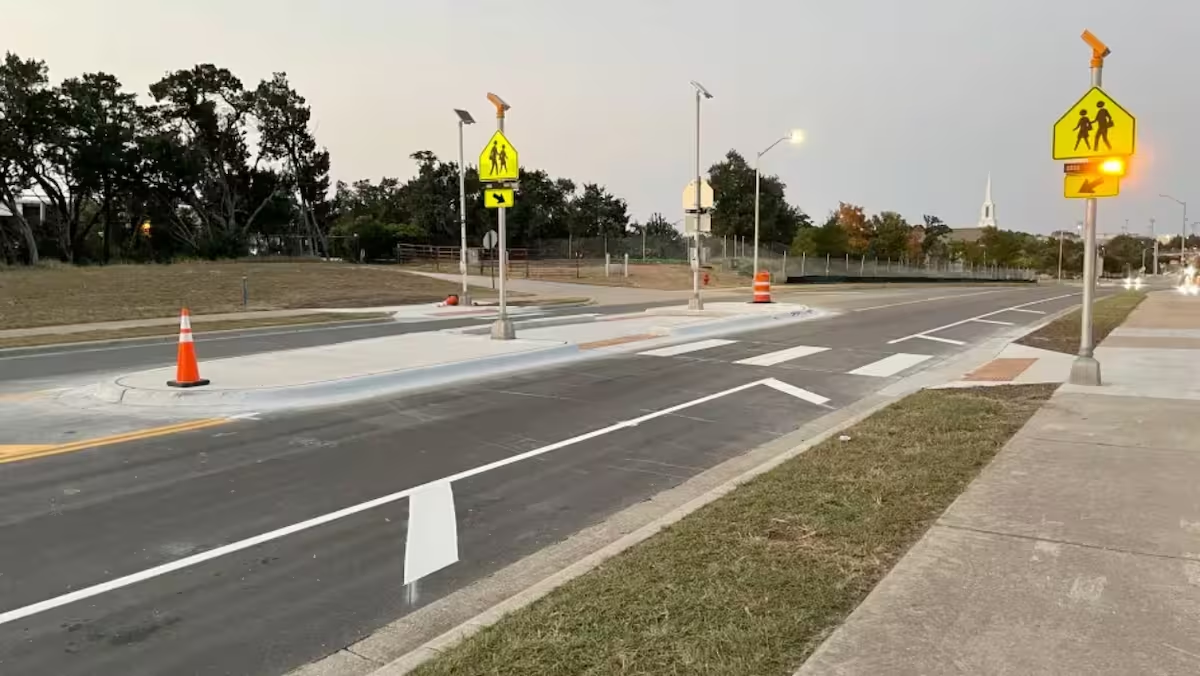
Cedar Park Strong’s work also helped stop a project that would’ve widened the street in front of Vista Ridge High School. The city’s goal was to reduce congestion caused by students and parents during drop-off and pickup times. However, adding more lanes would make the street more like a highway, increasing the likelihood of crashes. Instead, the Local Conversation convinced the school to open its stadium parking lot — which sat just across the street from the school — for daily use. Students can now park or be dropped off in the stadium parking lot and then use the upgraded signals to safely cross to school. This change reduces congestion and conflicts at the school’s front door while also maintaining safety for students and helping the school and city make better use of their existing infrastructure.
Cedar Park Strong’s success highlights two important lessons. First, advocates can use data that’s already available to press for meaningful change. Second, when government staff and officials equip residents with clear, usable information, they become partners in problem-solving. The result is safer and stronger communities.
Are you ready to make your community safer? Click here to find a Local Conversation near you. To hear more stories like this, subscribe to our newsletter.

